1. Dress Like a Lady, Always
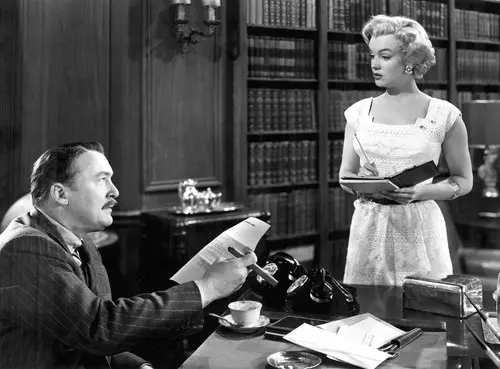
In the ’50s, professional attire for women was non-negotiable, and that meant skirts or dresses paired with stockings. Trousers were still considered inappropriate in most offices, and anything deemed too casual could raise eyebrows. Women were expected to present themselves as polished and feminine, often accessorizing with pearls or a neat handbag. While these standards may seem restrictive by today’s lens, it’s worth reflecting on how personal style has evolved as a means of self-expression. Dressing professionally today still matters, but the definition is far broader, allowing for individuality alongside professionalism.
2. Never Speak Over a Man
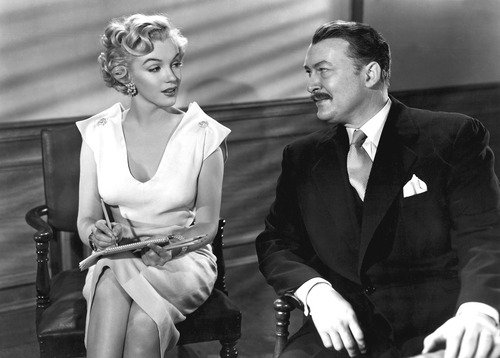
It wasn’t just frowned upon for women to interrupt men; it was practically a workplace commandment. Women were expected to listen attentively, defer to male colleagues, and speak only when spoken to or invited to contribute. While this rule was stifling, it’s a reminder of how far workplace dynamics have come. Today, women’s voices are valued and encouraged, and learning how to assertively contribute to conversations is a key professional skill. This shift highlights the importance of making room for everyone’s input.
3. Keep Your Ambitions in Check
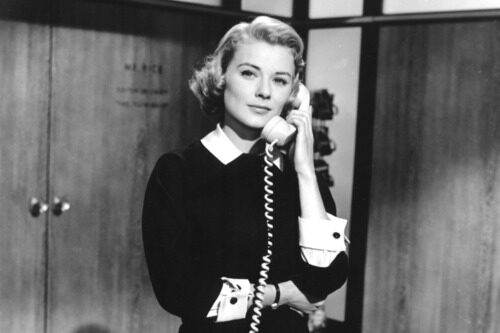
The ’50s workplace didn’t prioritize women’s career advancement. Women were expected to be content in supportive roles, such as secretaries or assistants, rather than aiming for leadership positions. Ambition was often seen as inappropriate or even threatening. While times have changed significantly, the residue of such biases reminds us of the importance of mentoring and advocating for women’s career growth. Supporting ambition and challenging outdated norms continue to make workplaces more equitable.
4. Perfect Your Typing Skills
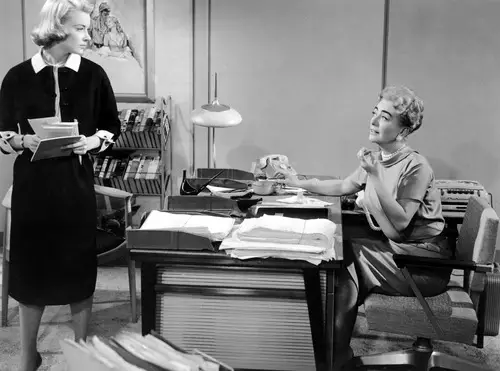
A good portion of women in the workforce during the ’50s were employed as secretaries, and typing proficiency was a must. Typing was seen as the ultimate skill for women, alongside shorthand. Mastering these skills often became the ceiling of women’s professional potential. This reinforces the importance of adaptability today—building a diverse skill set can prevent anyone from being boxed into a narrow role.
5. Smile, No Matter What

Women were told to smile through challenging tasks, unpleasant interactions, and even outright sexism. A cheerful demeanor was seen as part of their job, almost as essential as their work itself. While being approachable remains a valuable quality, this rule highlights the unrealistic emotional labor historically placed on women. Today, advocating for authentic expression and setting boundaries is crucial for emotional well-being in the workplace.
6. Keep the Office Tidy

Women were often expected to handle tasks beyond their job descriptions, such as tidying the office or arranging coffee for meetings. These chores were assigned regardless of whether they were part of the role. The assumption was that women would “naturally” take on such responsibilities. This history serves as a reminder to challenge unfair task allocation and ensure that everyone’s contributions are valued equally, regardless of gender.
7. Avoid Controversial Topics

Discussions about politics, religion, or any subject deemed controversial were considered off-limits for women. The workplace was not seen as a space for women’s opinions or debates. Today, while professional decorum is still important, bringing diverse perspectives to the table is often encouraged and celebrated. The evolution of workplace dialogue shows the power of fostering environments where everyone feels safe to share their views.
8. Marry Well for Job Security
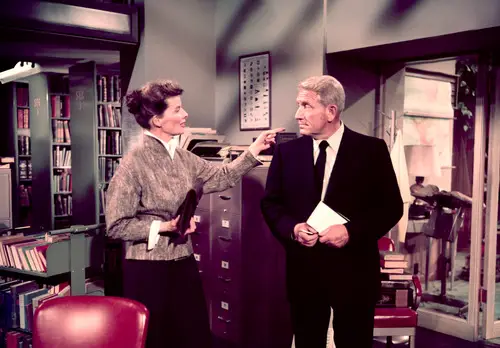
In the ’50s, many women’s jobs were seen as temporary until they married. A “good” marriage was considered a career plan in itself, offering financial stability and social acceptance. This expectation limited women’s independence and professional growth. Modern perspectives prioritize self-sufficiency and the pursuit of fulfilling careers, emphasizing the importance of building a professional life on one’s own terms.
9. Never Show Frustration
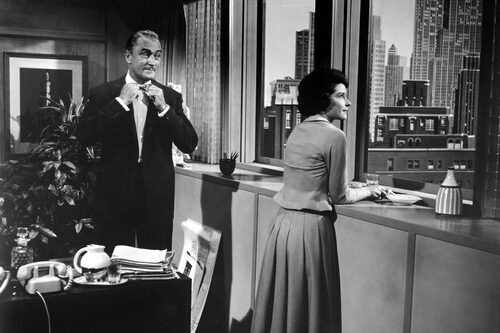
Expressing emotions like frustration or anger was taboo for women in the workplace. Any display of strong feelings risked being labeled as unprofessional or hysterical. Women were expected to maintain composure at all times, even in the face of challenges. Recognizing this history highlights how essential emotional intelligence and authenticity have become in today’s professional environments, where expressing feelings is often a strength.
10. Learn to Take a Joke
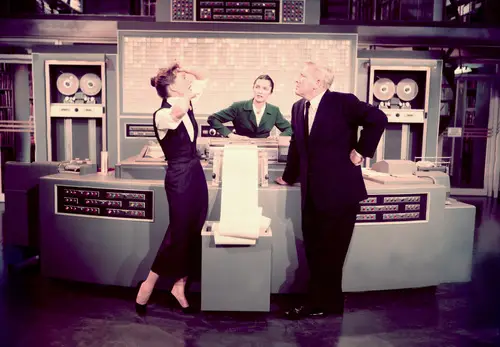
Enduring off-color jokes or comments was often part of the ’50s workplace experience for women. They were expected to laugh along or let inappropriate remarks slide. Reflecting on this rule underscores the critical strides made in workplace harassment policies. Modern workplaces strive to be safe and inclusive, encouraging employees to report misconduct and setting clear standards for respect.
11. Bring the Feminine Touch
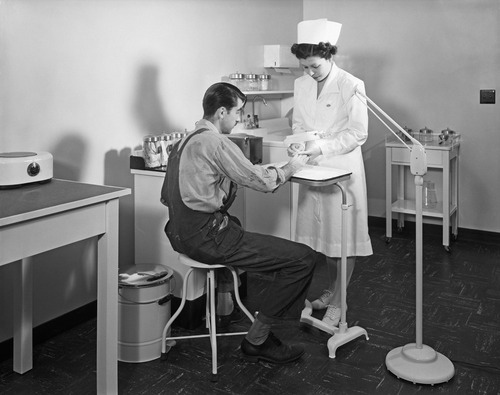
Women were encouraged to “soften” the workplace by decorating their desks with flowers, family photos, or other personal touches. The idea was to create a warm and inviting atmosphere, often contrasting with the more austere image of male colleagues. While personalizing workspaces is still common, this expectation placed an additional, gendered burden on women. Today, creating an inclusive workplace culture is a shared responsibility, not a gendered one.
12. Be a Team Player, Not a Leader
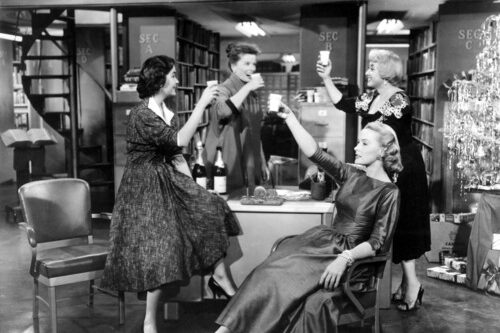
Collaboration was emphasized for women, but leadership was not part of the equation. Women were expected to support and execute, leaving the strategic decision-making to men. Recognizing this limitation reminds us why representation in leadership matters. Encouraging diverse leaders not only benefits individuals but also strengthens organizations by bringing varied perspectives to the forefront.
13. Know When to Quit
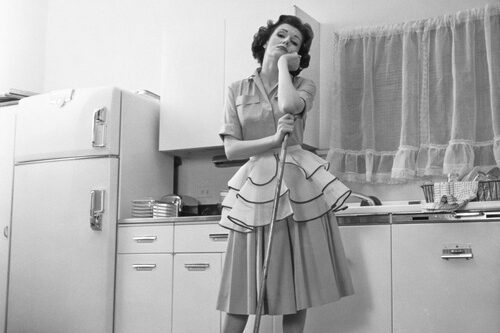
Once married or pregnant, many women faced societal pressure to leave the workforce entirely. The assumption was that their primary role should shift to homemaking. This rule limited women’s long-term career prospects and financial independence. Today, workplaces that support work-life balance and parental leave are dismantling these outdated norms, proving that career and family can coexist successfully.
